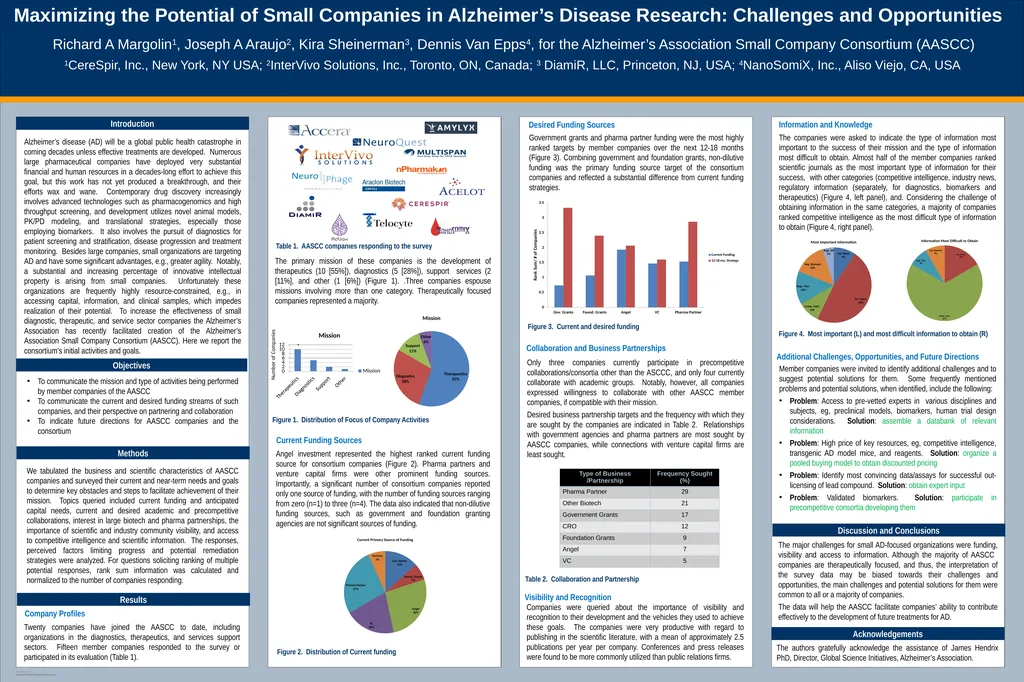
The major challenges for small AD-focused
Author: olivia-moreira | Published: 2025-05-29
Description: The major challenges for small AD-focused organizations were funding, visibility and access to information. Although the majority of AASCC companies are therapeutically focused, and thus, the interpretation of the survey data may be biased
Download Presentation
Download the PPT/PDF: Download
Transcript:
Loading transcript…